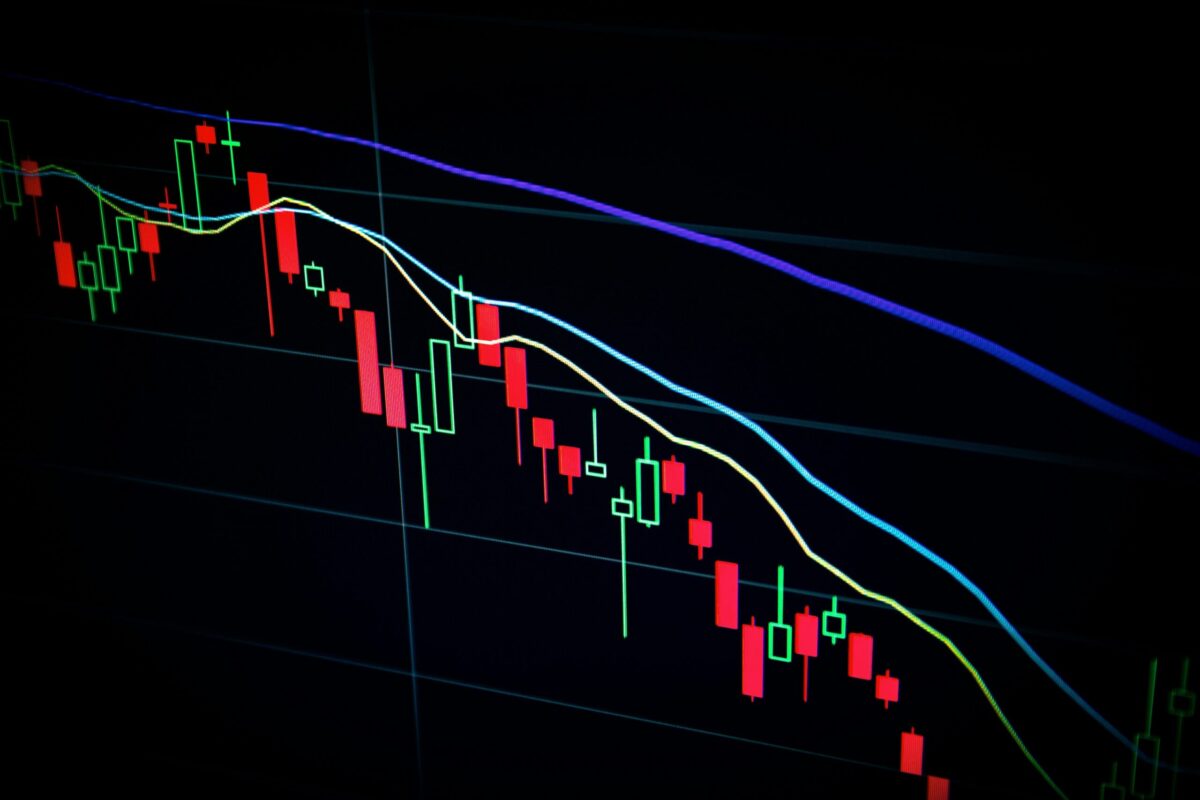Millions of dollars worth of funds tied to the now bankrupt crypto exchange FTX and its sister company Alameda Research has been moved to new wallets.
As reported by on-chain firm Nansen on Wednesday, these have been moved to 0xde9 then 0xaee addresses, which seemed to belong to crypto exchange Binance. As the blockchain analytics platform doesn’t track off chain movements, it believes the move to be motivated by a plan to sell.
This chunk included about $2.2million worth of Chainlink’s $LINK, $1m worth of Aave protocol’s $AAVE, $2m in Maker’s $MKR and $3.4m in $ETH.
Following the collapse of the exchange, a debtors group has been in control of bankruptcy proceedings, holding assets held by the two firms before they went bust. Recently, they staked a multi-million dollar worth chunk of $ETH and Solana’s $SOL.
Staking is the activity where investors lock crypto assets for a set period of time to help support the operation of a blockchain. In return for staking crypto, they earn more cryptocurrency.
It can only be possible on blockchains that use a proof-of-stake consensus mechanism like Ethereum and Solana. The bankruptcy estate’s move was therefore performed to earn yield, which could be up to 8% on these holdings.
The addresses tied to the defunct-crypto exchange showed staking of a total of 5.5m $SOL and just over 24,000 $ETH. During that time, the former chunk was worth $122m and the latter was around $30m.
According to a September court filing, the estate of FTX held around $7billion in assets, including $1.16bn in $SOL and $560m $BTC. When it staked a chunk of it recently, it used Figment, a digital asset staking platform built for institutions, for $SOL tokens, whereas the Ethereum ones were observed to be directly staked on the network.
This all happened on the back of the ongoing fraud trial against the former crypto mogul Sam Bankman-Fried (SBF), which started on 3 October. He faces severe charges, including wire fraud, securities fraud, and money laundering, following FTX’s collapse, which affected thousands financially.
The jury has heard key testimonies from witnesses like FTX’s co-founder, Gary Wang, who admitted to financial crimes, implicating SBF directly.
When former CEO of Alameda Research and SBF’s ex-girlfriend, Caroline Ellison, took the stand, Bankman-Fried was accused of directing fraudulent activities, including misusing customer funds for investments and political donations.
Her testimony also highlighted the blurred lines between FTX and Alameda, and how her company had been borrowing the FTX customer funds. As stated by Ellison, Bankman-Fried had instructed her “to use FTX funds but to keep money on FTX” in order to meet customer withdrawal requests.
Former FTX engineer, Nishad Singh, also shed light on the company’s internal malpractices. He talked about an $8 billion discrepancy in FTX’s finances, with funds inappropriately channeled to Alameda Research for non-business expenses.
To add evidence to SBF’s committal of the multibillion-dollar fraud, the Department of Justice (DOJ) hired University of Notre Dame accounting professor, Peter Easton, to trace billions of dollars of Alameda and FTX funds. When asked whether FTX ever spent user deposits, he replied: “Oh, yes”. Amongst other things, these deposits were used to buy back Binance’s shares in FTX. “Over a billion dollars came from customer funds from FTX exchange”, testified Easton.
The fourth week of the trial will now see Joseph M. Pimbley testifying in the court as the sole proposed expert witness chosen by the defence team in the case.
According to court filings, Pimbley will aim to counter the testimonies from former Alameda Research CEO Caroline Ellison, developer Adam Yedidia, former FTX Chief Technology Officer Gary Wang and Head of Engineering Nishad Singh.


